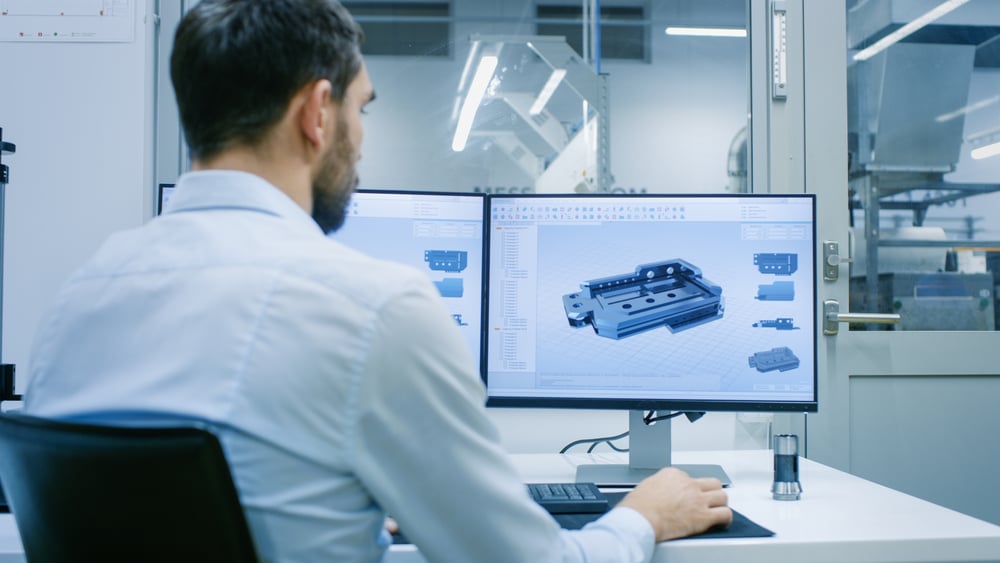While sensors can support complex functions, their designs are relatively simple. They consist of single- or multi-stack circuits produced when functional inks are printed on flexible substrates, such as polymers, plastic, textiles, fabrics, and even paper.
The design of sensors varies based function:
Environment also impacts sensor design. Consider whether your sensor will be exposed to extreme vibration, excessive temperatures, or high humidity. These and other challenging circumstances could impact the materials, inks, and tactile domes used.
 Printing techniques for sensors include screen printing and inkjet printing. Your choice of technique will depend on the compatibility of the substrate and the functional ink, and ultimately, which technique will deliver the sharpest resolution, uniformity of printed layers, accuracy, and optimal functionality.
Printing techniques for sensors include screen printing and inkjet printing. Your choice of technique will depend on the compatibility of the substrate and the functional ink, and ultimately, which technique will deliver the sharpest resolution, uniformity of printed layers, accuracy, and optimal functionality.
Substrate options for sensors are broad, and in some cases, novel. Industry applications include polymers and plastics such as polycarbonate (PC), polyethylene terephthalate (PET), thermoplastic urethane (TPU), textiles, fabrics, and more. Choosing the right substrate depends on the manufacturing method, the demands put on the device, and whether there is a need to conform to a particular surface.
Multi- or single-layer circuit construction depends largely on the end use of the sensor, and whether a tactile dome and air gap are included in the design.
Size constraints can be a consideration. While sensors are inherently compact, stringent size limitations could dictate a particular material choice or the layout of ink trace patterns.
Save time and money on your product development with our Rapid Prototype Program.

Prototypes can help you vet the design and functionality of your product before you invest in a full production run. You can rely on a prototype to test proof-of-concept, visual appeal, or functionality. To help you stay on track, we can deliver prototypes within a matter of days.